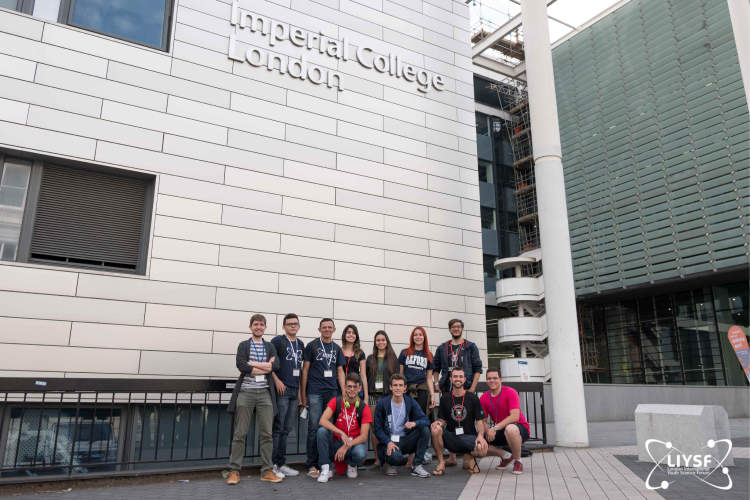

As parents, it is in our best interest to nurture the innate curiosity of our children. Children are born learners, they are keen and observant of everything happening around them, and they constantly ask questions. They like to draw, build, and then destroy, and experiment with new things. We have to use every opportunity at hand to interact with children and help them learn and grow.
Children are born STEM-ready, and our involvement would significantly boost their STEM learning capabilities. STEM stands for Science, Technology, Engineering, Mathematics, and it teaches children to solve real-world problems creatively and innovatively, using a more practical and interdisciplinary approach.

Here are 10 ways we can effectively support STEM habits in children:
1. Encourage questions, no matter how small
Every new discovery begins with a question, and children are born curious. They want to know about every little thing around them, which leads to their incessant “why’s” and “how’s.” Just embrace their nosiness and take the time to explain things to them. If we don’t know the answer, then we can look it up together.
2. Relate STEM with everyday errands
STEM is all about using science, technology, engineering and maths in real-life applications. We can talk about the importance of friction that helps us walk or hold on to stuff, the freezing and boiling points of water, the trajectory a ball takes when thrown into the air, how a TV signal is broadcasted, and several other topics from daily tasks that we perform.
3. Make your child think like an engineer
We should encourage our children to solve problems on their own. They must realize that every problem has multiple solutions, with each solution having its own set of advantages and disadvantages. Help them create models and tweak and improve them, just like a real engineer!
4. Use modern technologies to support STEM learning
Our children have a range of modern technology thrust upon them. With TVs, smartphones, tablets, and internet access anywhere, our children can learn anything they want to, with just the touch of a finger.
There is a plethora of good apps and games, TV programmes, and educational content that can keep children engrossed in fun and learning for hours. So, next time you turn on Netflix, don’t forget to use the “Children” profile right next to yours.
5. Promote teamwork and collaborative learning
Inspire children to participate in challenging STEM programmes and group activities. It is a good habit for our children to spend time with their friends, and it is our duty to motivate them to use this time to solve puzzles, play STEM-related games, discuss interesting science and technology topics, and do all of this as a team.
6. Repurpose your home to be a STEM-friendly place
Children spend a good amount of their time at home, so why not make our homes STEM-friendly as well. Instead of buying our children a Play Station, we can buy them a Lego set, Meccano set or similar, or a variety of board games. Encourage them to install puzzles and learning games on their tablets or desktops. Finally, help them with DIY projects, from simple Lego castles to remote-controlled cars, and a lot more!
7. Choose a school that promotes STEM learning
Schooling occupies a majority of our children’s lives and is the place where they learn the most. So, we need to make a lasting impression in our children’s minds starting as early as elementary school.
Several schools pride themselves on their unique application-based learning curriculum. So, we must do our research and enrol our children in one of these schools which are renowned for their STEM-based syllabus.
8. Participate in STEM-related recreational outings
What better place to allow our children to grow and learn than science parks and science museums? Unless you’re living under a rock, there’s a good chance that a science museum or a science park is located near your home.

These places typically include a variety of exhibits that explain complex and fascinating science concepts in creative and accessible ways. They give children the chance to run their experiments, play with gadgets, or check out live audio-video presentations. So, plan a weekend outing and take your children to one of these places. They are going to have tremendous fun while learning a bunch of facts at the same time.
9. Inspire children to join science camps and STEM summer schools
One of the most effective ways to give our children a head start in STEM education is to encourage them to partake in science camps, STEM summer schools, science fairs, field trips, and other similar opportunities. There are several organizations that are well-known for organizing such opportunities for enthusiastic children.
These organizations work on a non-profit basis and have tie-ups with many renowned industries and state-of-the-art research facilities in and around the UK. They allow children to visit these places to gain hands-on experience with current STEM research. Children also get to interact with scientists and industry professionals working in various fields of STEM. They get to explore a number of these fields, while also interacting with other students with similar interests, from all over the world. This exercise helps them realize their passion and gain the confidence to cement their careers in the STEM sector.
10. Make career connections
One of the most important actions in fostering an interest in STEM is to show children where it can lead them. So, we must make an effort to expose them to the different options for a career in STEM.
If you don’t work in a STEM-related field, then get in touch with a friend or family member who does, and take your children to the workplace.
Get them to interact with all the people working there and ask questions. Help them build the confidence that STEM programmes can lead to a wonderful career in the future.
STEM is about solving real-world problems. With technology occupying more of our lives with each passing day, the world is going to need more and more workers with the knowledge and skill to identify problems and create innovative solutions for them. Therefore, encourage your children, challenge them, and push them towards a STEM-based outlook.